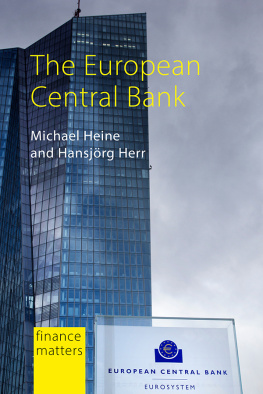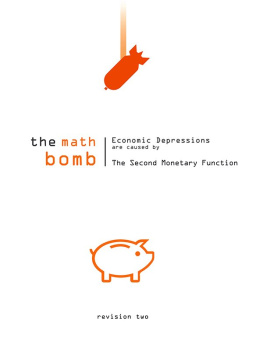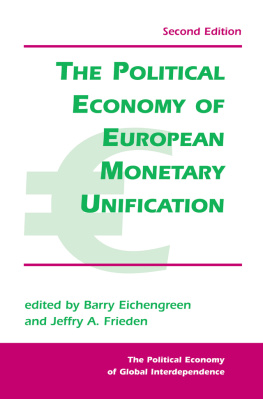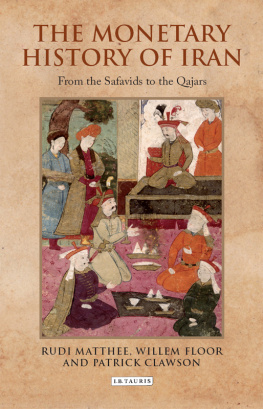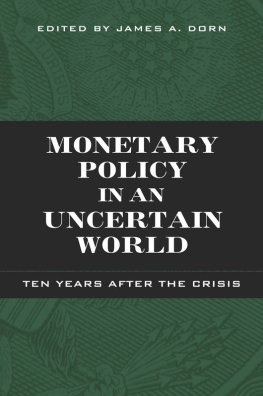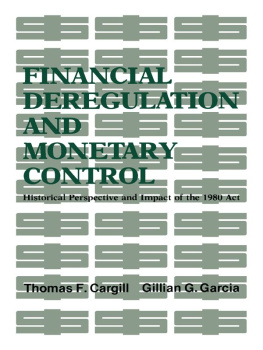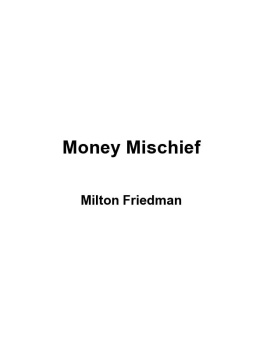Emmanuel Mourlon-Druol - A Europe Made of Money: the emergence of the European Monetary System
Here you can read online Emmanuel Mourlon-Druol - A Europe Made of Money: the emergence of the European Monetary System full text of the book (entire story) in english for free. Download pdf and epub, get meaning, cover and reviews about this ebook. year: 2012, publisher: Cornell University Press, genre: Romance novel. Description of the work, (preface) as well as reviews are available. Best literature library LitArk.com created for fans of good reading and offers a wide selection of genres:
Romance novel
Science fiction
Adventure
Detective
Science
History
Home and family
Prose
Art
Politics
Computer
Non-fiction
Religion
Business
Children
Humor
Choose a favorite category and find really read worthwhile books. Enjoy immersion in the world of imagination, feel the emotions of the characters or learn something new for yourself, make an fascinating discovery.
- Book:A Europe Made of Money: the emergence of the European Monetary System
- Author:
- Publisher:Cornell University Press
- Genre:
- Year:2012
- Rating:3 / 5
- Favourites:Add to favourites
- Your mark:
A Europe Made of Money: the emergence of the European Monetary System: summary, description and annotation
We offer to read an annotation, description, summary or preface (depends on what the author of the book "A Europe Made of Money: the emergence of the European Monetary System" wrote himself). If you haven't found the necessary information about the book — write in the comments, we will try to find it.
A Europe Made of Money is a new history of the making of the European Monetary System (EMS), based on extensive archive research. Emmanuel Mourlon-Druol highlights two long-term processes in the monetary and economic negotiations in the decade leading up to the founding of the EMS in 1979. The first is a transnational learning process involving a powerful, networked European monetary elite that shaped a habit of cooperation among technocrats. The second stresses the importance of the European Council, which held regular meetings between heads of government beginning in 1974, giving EEC legitimacy to monetary initiatives that had previously involved semisecret and bilateral negotiations. The interaction of these two features changed the EMS from a fairly trivial piece of administrative business to a tremendously important political agreement.
The inception of the EMS was greeted as one of the landmark achievements of regional cooperation, a major leap forward in the creation of a unified Europe. Yet Mourlon-Druols account stresses that the EMS is much more than a success story of financial cooperation. The technical suggestions made by its architects reveal how state elites conceptualized the larger project of integration. And their monetary policy became a marker for the conception of European identity. The unveiling of the EMS, Mourlon-Druol concludes, represented the convergence of material interests and symbolic, identity-based concerns.
Emmanuel Mourlon-Druol: author's other books
Who wrote A Europe Made of Money: the emergence of the European Monetary System? Find out the surname, the name of the author of the book and a list of all author's works by series.



